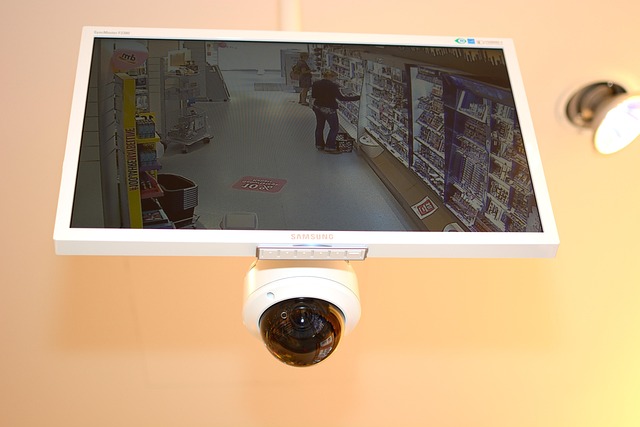Share This Article:

Could Trucker Jacked up by Trailer Jack, Seeking PTD, Overcome Surveillance Videos?
06 Oct, 2025 Chris Parker

What Do You Think?
Civil procedure stuff, like who has the “burden of proof” in a worker's compensation case, can make you want to reach for a high grade espresso. But it’s actually important to know which side has to prove its case when it comes to whether an employee is fully–or only partially–disabled.
That point is illustrated by the case of a truck driver who was injured while operating a trailer jack. He claimed he was permanently and totally disabled as a result of the accident.
According to the trucker’s testimony, the accident took a dramatic toll. He testified that he didn’t shop anymore except in emergencies, didn’t want to see family (join the club), and used a cane 90 percent of the time.
The commission disagreed with the trucker’s contention that he was totally disabled and instead awarded him temporary partial disability benefits, finding that surveillance videos did not match up with the trucker’s claimed limitations.
The trucker appealed the commission’s decision. He pointed out that the videos merely showed him walking, talking, standing, and shopping; they did not show him working, carrying, or lifting heavy objects, or engaging in sports. Therefore, the evidence–and by extension–the employer–did not prove he was able to work.
A claimant seeking a finding of PTD, the court explained, has the burden to prove that he is permanently disabled.
Did the trucker have a good argument?
A. Yes. An employer seeking to defeat a claim that a worker is totally disabled has to bring enough proof to convince the commission that the worker is only partially disabled.
B. No. It was up to him to prove that he was totally disabled and, partly because of the videos, he didn’t do that.
If you selected B, you agreed with the court in Byers v. New Prime, Inc., No. SD38916 (Mo. Ct. App. 09/24/25), which held that the employee was precluded from suing the company for negligence.
Looking for the full text of the case? Look to Simply Research.
The trucker’s argument was essentially that the company failed to make it’s case because the videos it relied on didn’t support its finding that he was partially disabled.
This argument was misguided, the court said, because he was suggesting that the employer had the burden of providing he wasn’t totally disabled. “To the contrary, it was Claimant who ‘bore the burden of proving he was entitled to PTD benefits,’” the court wrote.
To determine whether he was totally disabled, the question is whether an employer would be expected to hire him, given his present physical condition. The trucker pointed to his various limitations. However, the videos indicated that he was not limited to the extent that he claimed.
It was sufficient that the commission’s award was supported by competent and substantial evidence. Thus, the court upheld the commission’s award of permanent partial disability.
AI california case file caselaw case management case management focus claims compensability compliance compliance corner courts covid do you know the rule exclusive remedy florida glossary check Healthcare hr homeroom insurance insurers iowa kentucky leadership medical NCCI new jersey new york ohio pennsylvania roadmap Safety safety at work state info tech technology violence WDYT west virginia what do you think women's history women's history month workers' comp 101 workers' recovery Workplace Safety Workplace Violence
Read Also
About The Author
About The Author
- Chris Parker
More by This Author
Read More
- Dec 07, 2025
- Liz Carey
- Dec 07, 2025
- Frank Ferreri
- Dec 06, 2025
- Frank Ferreri
- Dec 05, 2025
- Frank Ferreri
- Dec 04, 2025
- Liz Carey
- Dec 04, 2025
- Frank Ferreri




